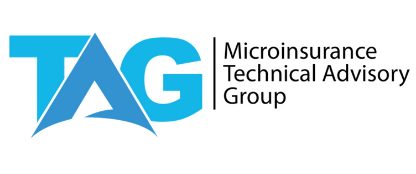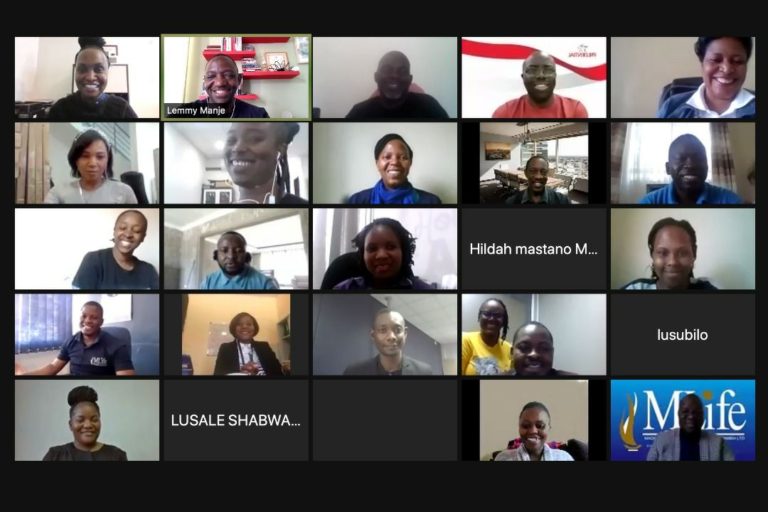
By Mulenga Mutati
CEO of Gralix,
Mulenga Mutati is the CEO of Gralix, the first fully Zambian-owned Actuarial Consultancy firm. He holds extensive global experience which is of great benefit to his current work which spans nearly 50% of the Zambian General Insurance Market.
In a rapidly evolving world, inclusivity is both inevitable, and necessary for progress in the microinsurance sector. In Zambia, the market holds significant potential for sustainable, inclusive growth and the article below outlines the factors underpinning the positive outlook for microinsurance, emphasizing the importance of inclusivity for all Zambians.
Current state of play
The 2020 labour force survey conducted by ZamStats revealed that roughly 45.5% of Zambia’s populace engages in informal sector activities. It’s noteworthy that within this sector, insurance is not obligatory for the regular functioning of businesses. Consequently, the insurance industry in Zambia primarily targets formally employed individuals. This situation has led to a substantial portion of the population lacking insurance coverage and further contributeses to the issue of relatively slow and inconsistent growth in premium income year by year.
Despite the large opportunity offered by the uninsured segment, through microinsurance, distinct obstacles arise when, catering to individuals with low incomes. These challenges stem from the need to offer affordable premiums to meet individuals’ modest earnings, which in turn results in narrow profit margins. However, through a focus on greater efficiency in product development, distribution channels, and business models, as well as adapting and exploring new client groups to expand their reach, insurers can successfully navigate this market and embrace the potential for growth in the informal sector.
To foster the growth of the insurance industry in Zambia, it is imperative that we develop strategies to effectively address income levels and payment patterns prevalent in the informal sector. We can no longer rely on the irregularity of their income and payment habits as an excuse for not extending insurance coverage to this significant demographic. Failure to engage this segment means missing out on substantial premium revenue opportunities. To bridge this gap, we must explore innovative insurance products and flexible payment options tailored to the unique needs of the informal sector. By adapting to their income dynamics and payment schedules, we can make insurance more accessible and appealing, ultimately expanding our reach and boosting premium revenue while providing vital coverage to a broader portion of the population.
Harnessing regulation for a sustainable future
The Zambian government recognizes the importance of financial inclusion and actively supports microinsurance development. thus from a regulatory perspective, great strides have been made to create an optimal environment for the growth of the microinsurance sector. The regulatory regime, governed by the Insurance Act No 38 of 2021 provides lower barriers to entry for prospective players which encourages innovation These facilitative regulatory policies create an environment conducive to growth and sustainability in microinsurance. The National Financial Inclusion Strategy (NFIS) further promotes financial inclusion, improving physical access, enhancing digital financial services, and strengthening consumer protection and financial capabilities.
Risks accompany opportunities.
All the same, to effectively target the informal sector, it is crucial to understand their unique needs and preferences. In Zambia, microinsurance has been predominantly propelled by credit life insurance. Nevertheless, its primary function is to safeguard the loan portfolios of financial institutions and frequently provides limited advantages to policyholders. The most advantageous insurance products typically revolve around providing coverage for health and agricultural risks, which are of greater value to consumers. Currently, a significant portion of the informal sector is involved in informal trading or agriculture. Just like their counterparts in the formal sector, they must also demonstrate proactive financial management skills and prioritize their spending and expanding insurance in these areas would go a long way towards giving them options to effectively do so.
As of now, methods employed by the informal sector in addressing these risks involves various unreliable coping mechanisms, such as leveraging social networks, participating in savings groups, and occasionally setting aside precautionary savings. However, the main challenge lies in the fact that awareness of insurance among the modest income market is relatively low.
Insurers can tap into these submarkets and tailor products to meet the specific needs of each group. Innovative distribution channels, such as digital solutions, can enhance accessibility and affordability, allowing policyholders to purchase, manage, and file claims using their smartphones. Additionally, community-based initiatives, involving local organizations and NGOs in the distribution and processing of insurance, foster a sense of local involvement and trust.
I firmly believe that the Zambian microinsurance market holds immense potential for growth, sustainability, and inclusivity. Embracing change and adapting to the environment are crucial elements for thriving in this market. The government’s commitment to financial inclusion, facilitative regulatory policies, and the opportunities in various submarkets all contribute to the positive trajectory of microinsurance in Zambia. By pursuing innovation, engaging with diverse client groups, and fostering a sense of insurance inclusion, the microinsurance industry in Zambia is poised to benefit all Zambians, enabling them to manage risks, plan for the future, and achieve their goals.




